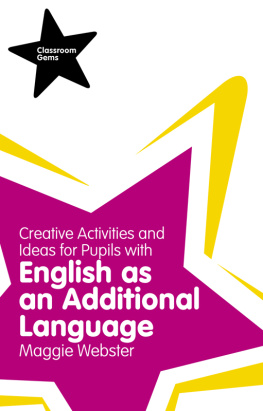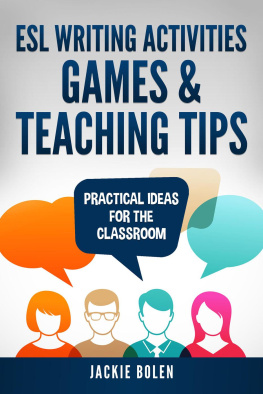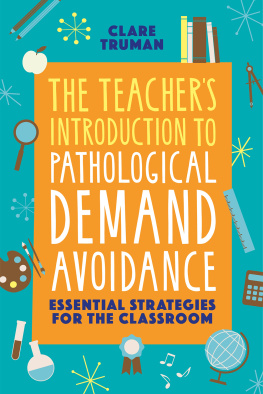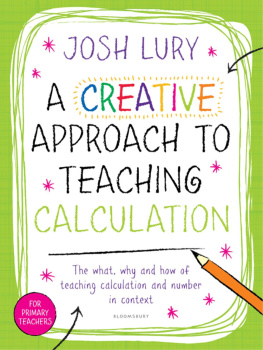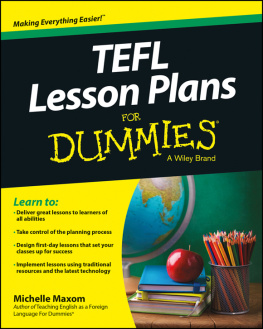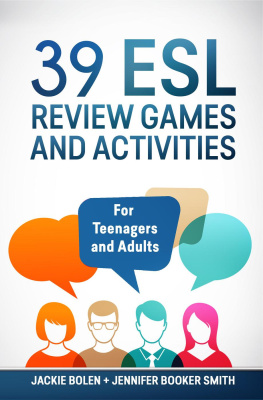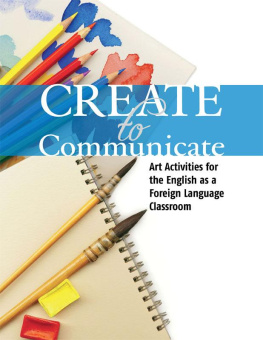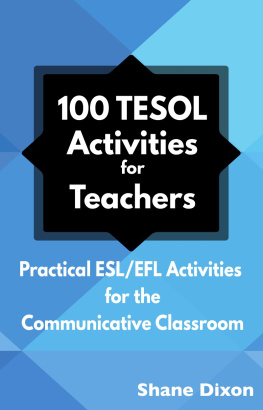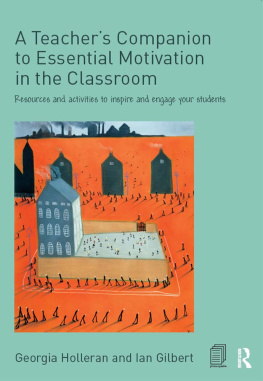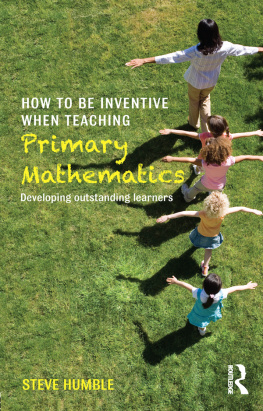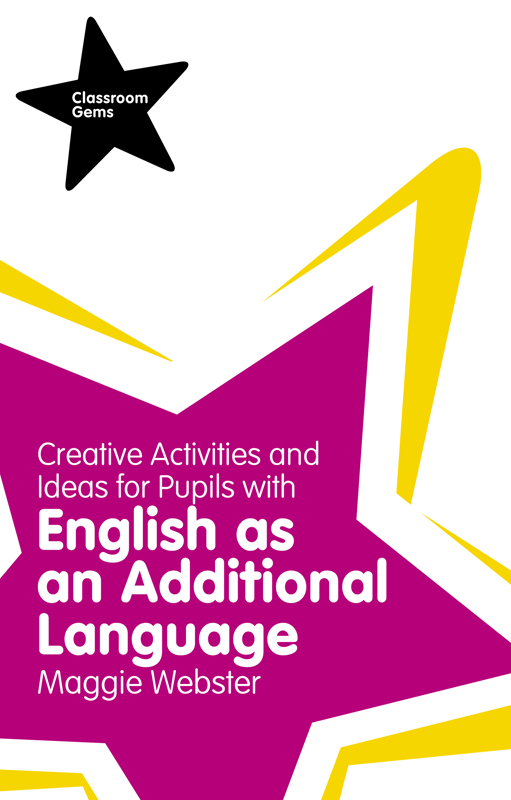Thank you to Ian Shirley (Senior Lecturer at Edge Hill University), who created the musical scores and suggested some great ideas and web links.
Thank you to Editors Catherine Yates and Katy Robinson, who have dedicated much of their time to make sure my ideas are presented brilliantly!
Publishers acknowledgements
We are grateful to the following for permission to reproduce copyright material:
on p. 10 from Baker, C., Foundations of Bilingual Education and Bilingualism , 3 (Multilingual Matters Ltd, 2001), both courtesy of Channel View Publications/Multilingual Matters.
In some cases we have been unable to trace the owners of copyright material, and we would appreciate any information that would enable us to do so.
Chapter 1
How to teach pupils with English as an Additional Language
As a visitor to many schools, it always surprises me to see how they have altered over the past fifteen to twenty years. This has been due to the many changes in government legislation and, since the early 1990s, the inclusion of the internet and innovative technology. Teachers have had to re-evaluate their role and adapt their style of teaching to accommodate change, often without training or support. Yet, arguably, one of the most challenging changes has been the ethnographic make-up of a class of pupils.
The UK has always been a multi-cultural society that welcomes migrant workers. Indeed, Londons Whitechapel was home to many French and Dutch silk weavers who contributed to the economy in the seventeenth century (Rule, 2008). However, it seems that in the twenty-first century immigration isnt solely the responsibility of inner cities. Since the UK became part of the European Union, there appears to be a more obvious increase in the various cultures and languages found in our rural communities and consequently in our schools.
Currently there are estimated to be over 7000 pupils who are recorded as having a mother tongue other than English in our schools ( www.teachernet.gov.uk ) and there are over 300 languages spoken in the homes of children who attend English schools ( www.multiverse.ac.uk ). Many schools in England have identified newly arrived pupils who speak little or no English and schools have turned to their local authorities for help, finding that there is little funding to support the growing need.
Although the previous Labour government identified 206.6 million of funding for an Ethnic Minority Achievement Grant, proving that bilingual education was high on the educational agenda, the Coalition government has been cutting public services and so such future funding is likely to be at risk. This means that teachers will again have to find their own way to support such pupils, often with little or no training in English as an Additional Language (EAL) pedagogy from the Initial Teacher Training Institutions in which they qualified ( www.naldic.org.uk ).
It is a fundamental right for a child to have an education and, as identified in the National Strategies, support for pupils who have English as an Additional Language (EAL) is an entitlement and not a need. We therefore need to know the best way to support a pupil who is newly arrived and has little or no English, as well as to understand how to develop the capabilities of those students who may have English as their second, third or fourth language and are almost fluent.
Who is identified as learning English as an Additional Language?
It is important to note that many textbooks about bilingual education use a variety of terms. These include:
E2L = English as a 2nd Language
ESL = English as a Second Language
ELL = English Language Learners
BEL = Bilingual Education Learners
Because many pupils can be fluent in more than one language, in the UK we tend to identify children as having English as an Additional Language (EAL).
EAL pupils can be categorised as:
- Pupils born in Britain who speak their home language(s) and English on entry to school
- Pupils born in Britain who speak their home language(s) but do not speak English on entry to school
- Pupils newly arrived in Britain speaking languages other than English
- Pupils in a class in which many others speak their home language(s)
- Pupils who do not share the language of the teacher
- Pupils in a class in which everyone else speaks only English
As a teacher it is important to know the variety of languages an EAL pupil can speak in addition to English so that you can evaluate his/her capabilities. Active use of two languages can have a positive impact on learning in general (Baker and Hornberger, 2001: 41) and so it may be useful to decipher how well the pupil speaks and writes their home language so that you can then decide how much English language input they may need, especially if their first language is one that has a different alphabet.
It is best to try not to assume that the pupil will have difficulty learning English purely because they are new to it. If he/she is competent in three other languages then this demonstrates clear awareness of how to learn a language and usually very good meta-cognition capabilities.
Stages of language acquisition
On average it takes a child five years to become fluent in a language, which amounts to a whole school career in either primary or secondary education. So if a child enters into your class in Year 5 do not expect them to be fluent native English speakers until they are in secondary school. It is an agreed understanding between educationalists such as Jim Cummins and Colin Baker that it takes two years to master basic language and between five and seven to become proficient in its more complex nuances.
An EAL pupil may improve their knowledge of the English language and be able to communicate what they need on a daily basis, possibly discussing TV shows, sport and things of interest, but it will take longer for them to be able to evaluate, analyse, criticise, persuade and describe with evidence, etc. I am not saying that an EAL pupil is unable to do these creative high-order thinking tasks. They innately have this capability in their home language, and, with practice in the new language and support from teachers, over time they should be able to do them in a UK classroom.
To assess an EAL pupils level of language you need to measure them against a native English speaker of the same age. As a general rule, local authorities tend to break down the capabilities into four or six levels so that a teacher can assess where the child is at; however, Baker (2001: 169) refers to a threshold whereby children develop in three stages. When I was an EAL teacher in East London I used the following four stages as a guide.

